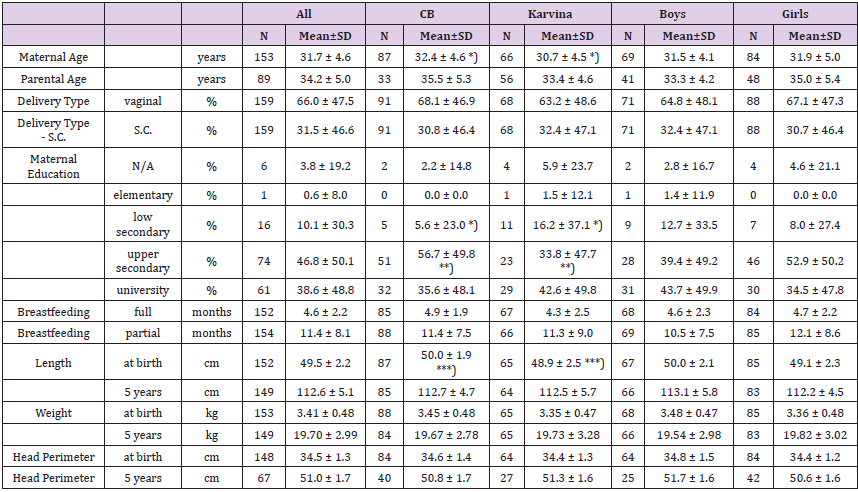Abstract
Although a well-studied joint disease in dogs, #hip dysplasia (HD) in
cats is a relatively neglected condition. There remains some controversy
as to the clinical manifestations and incidence of hip dysplasia in
domestic cats. The clinical manifestations in cats differ from those in
dogs - the literature indicates that the main clinical signs are
reluctance/ difficulty jumping. There is, therefore, great interest in
identification of clinical signs to allow early diagnosis and treatment
to avoid chronic problems. As in dogs, definitive diagnosis in cats is
by #radiographic examination. The aim of this study was to evaluate the
incidence of hip dysplasia in adult cats using radiographic examination
and to correlate radiographic findings with Norberg Angle. Eighty - six
cats over one year old were evaluated in which the Norberg angle,
articular and morphological alterations were evaluated. Thirty-five
(35/86) cats showed some sign of discomfort during physical examination.
Nine owners (9/56) of the #incongruent cats reported some behavioral
changes during #anamnesis. The results of this study suggest that there
is a high incidence of feline hip dysplasia in this study and the
Norberg Angle should be used in conjunction with other findings in the
diagnosis of hip dysplasia.
For more articles on BJSTR Journal please click on https://biomedres.us/
For more Cancer Medicine Articles on BJSTR
Incidence of Hip Dysplasia in Domestic Cats - Study With 86 Animals\ by Danilo Marques in BJSTR
follow on Tumblr : https://biomedres.tumblr.com/
follow on Pinetrest : https://www.pinterest.com/biomedres/
follow on Twitter : https://twitter.com/Biomedres01
follow on Pinetrest : https://www.pinterest.com/biomedres/
follow on Twitter : https://twitter.com/Biomedres01


No comments:
Post a Comment
Note: Only a member of this blog may post a comment.